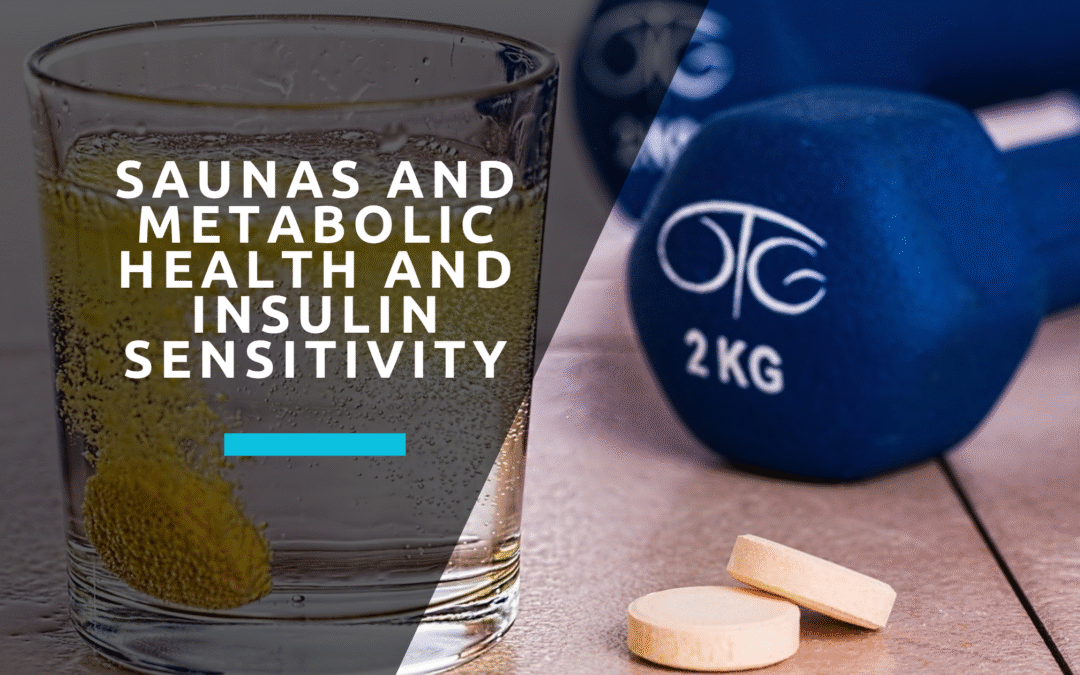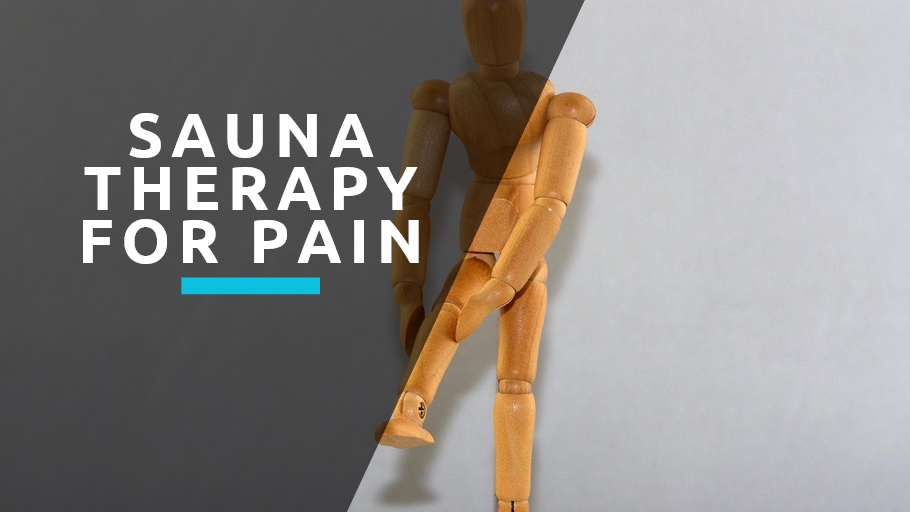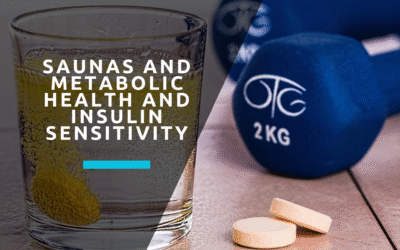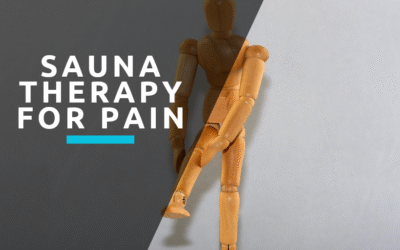Can Sauna Use Make Us Happier and Smarter?
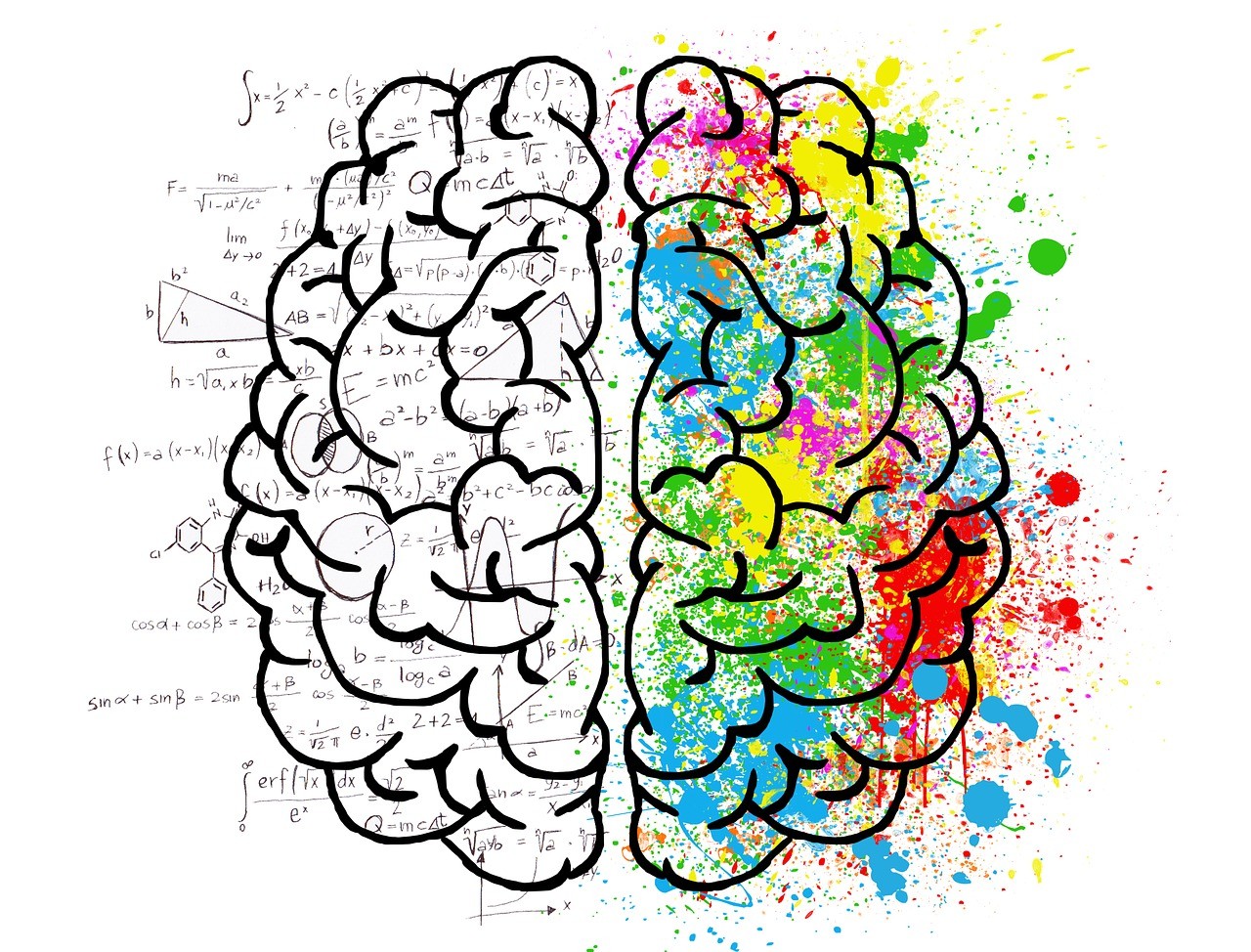
Many of the general health effects of the sauna have become better known in recent years. However the positive mental effects of the sauna are often overlooked or written off. This is surprising since rates of anxiety and depression are becoming more common. It is time to look at the sauna as creating healthier mental state in both mood and mental functioning. Is it a coincidence that Finland is the most sauna loving country is currently the happiest country in the world as well as consistently having the best performing schools?
Brain Derived Neurotrophic Factor (BDNF)
High heat has been demonstrated to heighten the expression of BDNF. BDNF increases the rate of new brain cells and helps to support existing brain cells especially when combined with exercise. This neurogenesis is thought to lead to better rates of learning. Added benefits of BDNF are increasing our long term memory and helping brain plasticity (the ability to positively adapt to changes). It has been shown that high rates of BDNF reduce depression and anxiety. It has been demonstrated to fight against the depression caused by childhood events and lower depression rates of cancer patients (which has been shown to help recovery). It is not clear whether this was due to BDNF alone or the beta-endorphins also released during a sauna session. A study by Charles L. Raison, MD and his team demonstrated some incredible results in patients struggling with depression: “In the first study of 16 individuals with major depression, a single hyperthermia treatment reduced their depression scores almost by 50% five days later.”
Dynorphin
While most of us have experienced the euphoria of a runner’s high, most of us attribute it to endorphins. While endorphins play a role in the good feelings we get during exercise, dynorphin (a peptide) release and the body’s reaction is the lesser known cause. Dynorphin from high intensity workouts or very high temperatures (sauna) creates a sense of discomfort leading to sensitizing and up-regulation of opioid receptors that interact with endorphins. This means the more you push your limits whether exercising or in the sauna the better you will feel (within safe limits please). Sauna use has been proven to heighten endorphin levels in the body more than just exercise.
“In the first study of 16 individuals with major depression, a single hyperthermia treatment reduced their depression scores almost by 50% five days later.” – Charles L. Raison, MD
Boosts Focus and Improves Brain Function
Hyperthermia (overheating) induced from a sauna session activates the sympathetic nervous system in people as well as the hypothalamic-pituitary adrenal axis. Studies demonstrate that norepinephrine was increased by 310% after sauna sessions at 176°F to exhaustion. In these same sessions prolactin increased by 10x and cortisol levels decreased. In another study it was found that a more moderate sauna routine (20 minutes twice a week) increased their norepinephrine by 86% and prolactin by 510%. This is considered a positive achievement since norepinephrine aids in our ability to focus and pay attention while prolactin allows for fast brain function through increasing myelin. The added bonus for this is that sauna use has been shown to allow our ability to store more norepinephrine to be used later. Norepinephrine is also released during exercise and has been shown to be a major factor in treating ADHD in children. Norepinephrine reuptake inhibitors are prescribed as an ADHD treatment often and this presents sauna use as a possible natural tool in aiding the attention of people with ADHD. According to famous researcher Rhonda Patrick: “since the norepinephrine response to exercise is blunted in children with attention deficit hyperactivity disorder, or ADHD, and norepinephrine reuptake inhibitors are frequently prescribed to treat ADHD, use of heat stress and its acclimation may one day be a useful alternative therapeutic approach employed by clinicians within some yet-to-be-established age-appropriate protocol.”
Going out on a bit of a limb, it is curious to note that schools with the strongest student results and highest testing are arguably the two countries with the strongest sauna cultures: Finland and South Korea. Finland is often seen as THE sauna nation (around two million saunas exist in the country of just over five million people) where sauna is a daily part of life for everyone. South Korea also has a strong sauna culture with frequent visits to large communal jimjilbangs being a part of normal life for everyone. While South Korea’s education system is demanding on students, Finnish students have less homework and shorter class hours than countries like the USA. Could sauna use possibly be one overlooked factor?
Related Articles
How Saunas Affect Metabolic Health and Insulin Sensitivity
I'll admit, I first started using saunas because they felt good. The relaxation, the heat, the quiet—it was a break from everything else. I didn't think much about what was happening inside my body beyond "sweating out toxins" (which, let's be honest, isn't really how...
Sauna Therapy for Chronic Pain Management
Living with chronic pain can feel like an endless battle. Whether it stems from arthritis, fibromyalgia, back pain, or sports injuries, the constant discomfort affects every aspect of daily life. While medications and physical therapy remain important treatment...
Sauna and Meditation: Combining Mindfulness Practices
The Finnish have a saying: "The sauna is the poor man's pharmacy." But perhaps it's also the busy person's meditation retreat. In our hyperconnected, overstimulated world, the sauna offers something increasingly rare—a technology-free zone where heat, silence, and...








